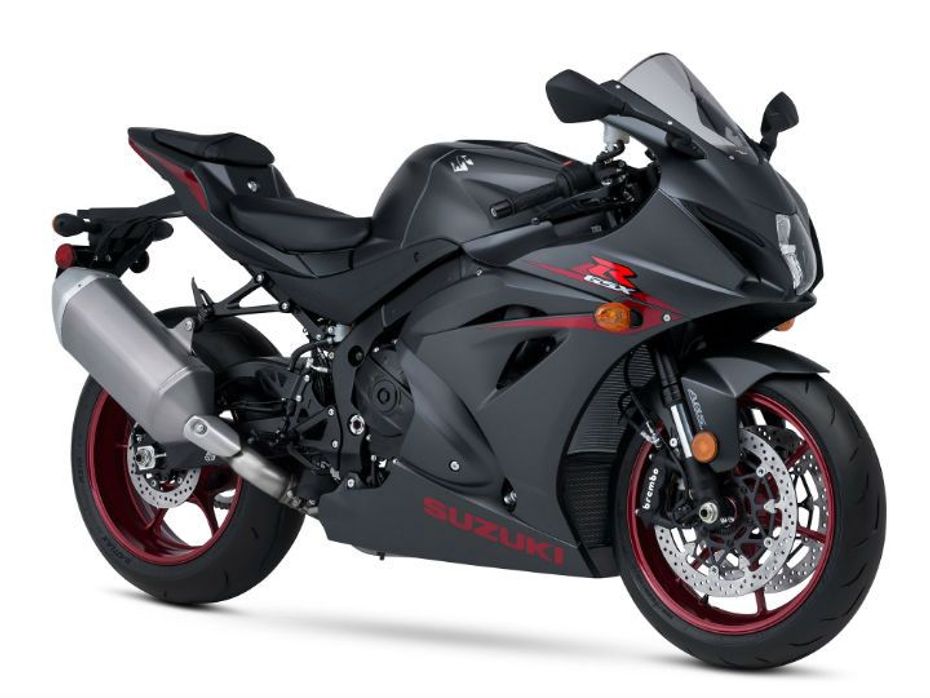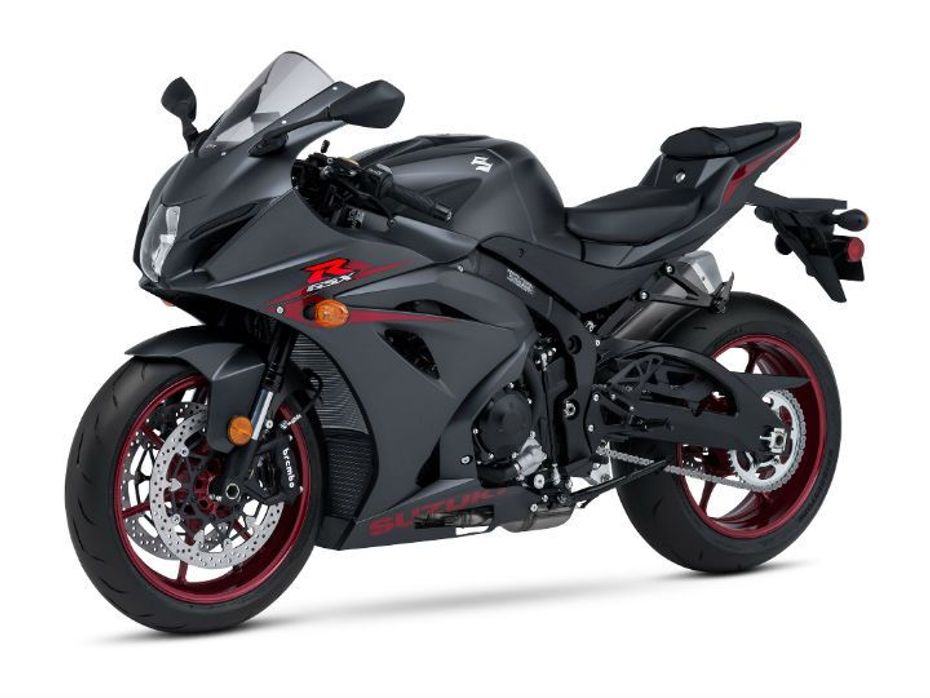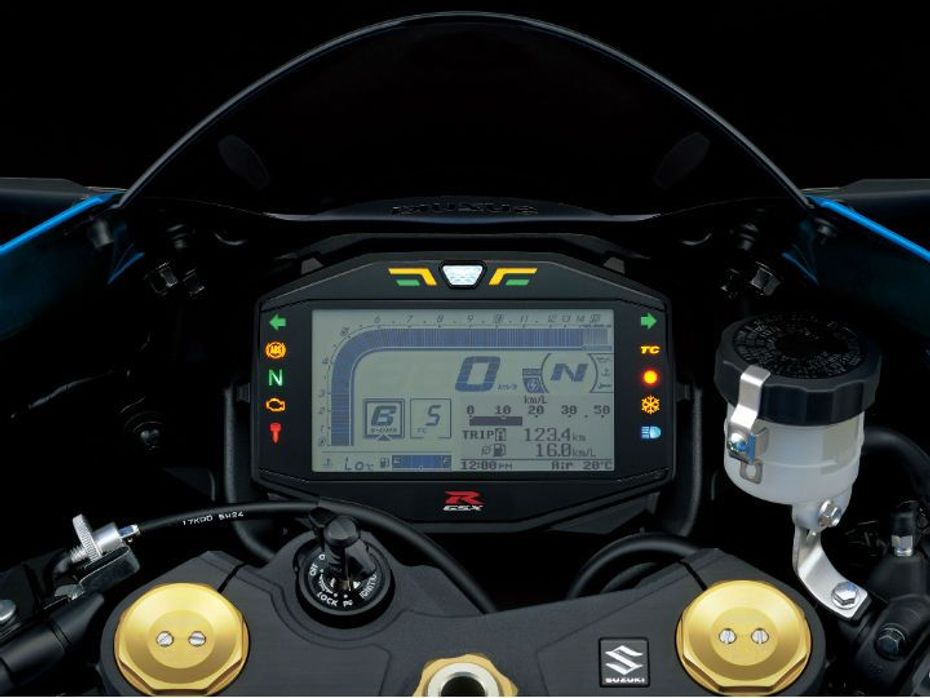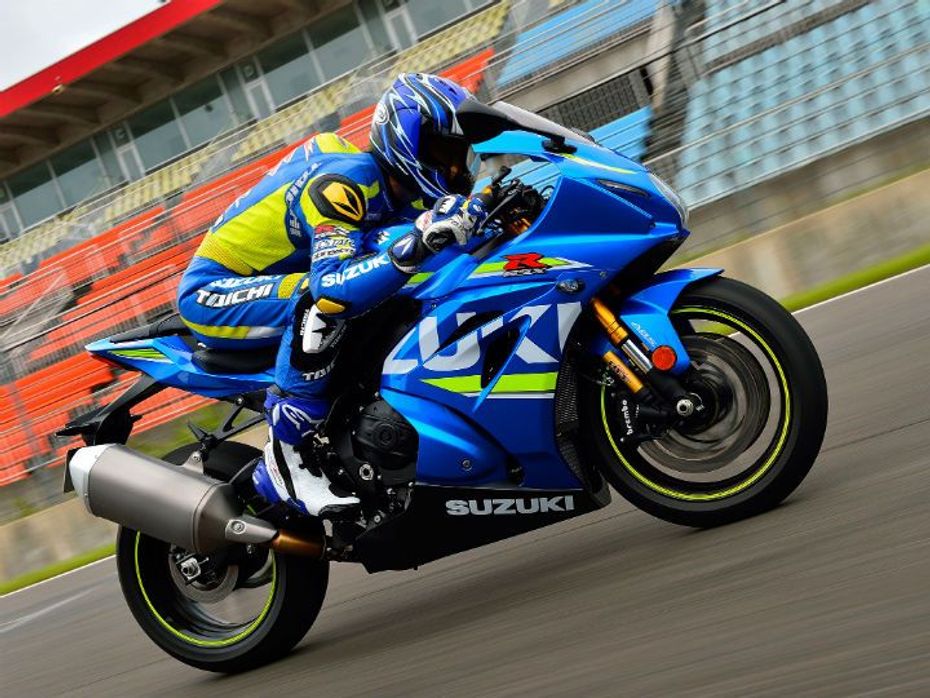
Top 5 facts about Suzuki GSX-R1000
- Jul 5, 2017
- Views : 14323


The 2017 iteration of Suzuki’s litre-class offering, the GSX-R1000 is all set to arrive into the Indian motorcycle market. According to sources, the brand plans to bring both the GSX-R1000 and its meaner brother, the GSX-R1000R. Unofficial bookings have already commenced and the amount varies from Rs 1-5 lakh depending upon the city. Expect the bikes to be launched by the end of May or early April 2017 and deliveries to start by mid June.
GSX-R1000:

Three decades of evolution has culminated into the birth of the 2017 GSX-R1000. The bike is powered by a 999.8cc liquid cooled DOHC in-line four engine which is good for 202.1PS of power and 117.5Nm of torque. To put things into perspective, the power of the new bike is up by a massive 16.5PS and torque by a marginal 0.9Nm over the 2016 version. The bike employs Variable Valve Timing (VVT) technology which uses a centrifugal actuated mechanism on the intake camshaft sprocket to increase top-end performance without compromising low and mid-range power. Fuel is injected into the engine via 49mm throttle bodies operated by ride-by-wire. Transmission duties are taken care of by a cassette-type 6-speed unit with slipper clutch, coupled to a final chain drive. The bike uses a redesigned aluminium twin-spar frame which is 10per cent lighter and more compact than the previous version, thus improving handling.
Speaking about cycle parts, the front end is equipped with Showa Big Piston Forks, while the rear employs a Showa adjustable monoshock with remote reservoir. The bike is anchored by new Brembo T-drive 320mm dual brake rotors with 4-piston monobloc calipers at the front and a single piston Nissin disc at the rear.

When it comes to electronics, the bike features a motion track ABS which provides the appropriate amount of braking force for the available traction, with additional chassis pitch input from the Inertia Measurement Unit. The IMU also senses six-direction, three-axis motion and position information, and communicates with the Engine Control Module for instantaneous adjustment of engine power, electronically.
Additionally, the bike is also equipped with the new ten-mode Motion Track Traction Control System (MT-TCS) which, with IMU influence, fine-tunes the power delivery according to the track, thereby helping the rider push his/her boundaries while track-riding.
GSX-R1000R:

Technology derived from Suzuki’s expertise in MotoGP has trickled down into the GSX-R1000R. For starters, the R1000R comes with a bi-directional quick-shifter (for clutch-less upshifts and downshifts) with launch control. The bike also gets Showa Balance-Free Front Fork which ensures optimal traction by enhancing the damping force response. The rear uses a racetrack-developed single Showa Balance Free Rear Cushion lite (BFRC-lite) shock which improves the bike’s stability while going over bumps as well as while cornering. Interestingly, at 203kg, the R1000R is heavier than the standard variant by 2kg. This is despite using competition-spec compact battery and a lightened upper fork clamp.
Expect the GSX-R1000 to be priced at around Rs 20 lakh, ex-showroom Delhi, while the GSX-R1000R will command a premium of approximately Rs 3 lakh over the standard variant. The bike will rival the likes of Kawasaki ZX-10R, Yamaha R1, Honda CBR 1000RR, Ducati 1299 Panigale and Aprilia RSV4. When launched in India, the GSX twins will complete the Japanese Quattro as Honda CBR 1000RR was launched recently. Since the Hayabusa is locally assembled, will Suzuki do the same for the GSX-R1000 in the near future? Only time will tell.
Also read: 5 Reasons Suzuki Should Get The GSX-R 150 To India

Top 5 facts about Suzuki GSX-R1000

Japanese Quattro – Suzuki GSXR-1000 vs Rivals

2017 Suzuki GSX-R1000 launched at Rs 19 lakh

2016 INTERMOT – 2017 Suzuki GSX-R1000R Unveiled

2016 INTERMOT- Suzuki GSX-R 125 unveiled

Suzuki GSX-R250 patent pics leaked

Suzuki GSX-R1000 to remain unchanged for 2016

Suzuki recalls GSX-R750s and GSX-R1000s

Voltcom Crescent Suzuki GSX-R1000 WSBK replica unveiled
 Mahindra Scorpio N
Mahindra Scorpio N
 Royal Enfield Classic 350
Royal Enfield Classic 350
 Toyota Fortuner
Toyota Fortuner
 Royal Enfield Hunter 350
Royal Enfield Hunter 350
 Hyundai Creta
Hyundai Creta
India's largest automotive community
 Maruti Brezza
Rs. 8.34 Lakh
Maruti Brezza
Rs. 8.34 Lakh
 Maruti FRONX
Rs. 7.51 Lakh
Maruti FRONX
Rs. 7.51 Lakh
 Maruti Grand Vitara
Rs. 10.99 Lakh
Maruti Grand Vitara
Rs. 10.99 Lakh
 Mahindra Scorpio
Rs. 13.61 Lakh
Mahindra Scorpio
Rs. 13.61 Lakh
 Toyota Innova Crysta
Rs. 19.99 Lakh
Toyota Innova Crysta
Rs. 19.99 Lakh